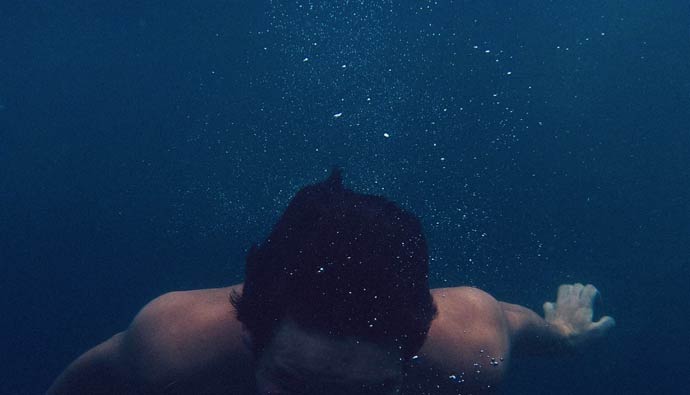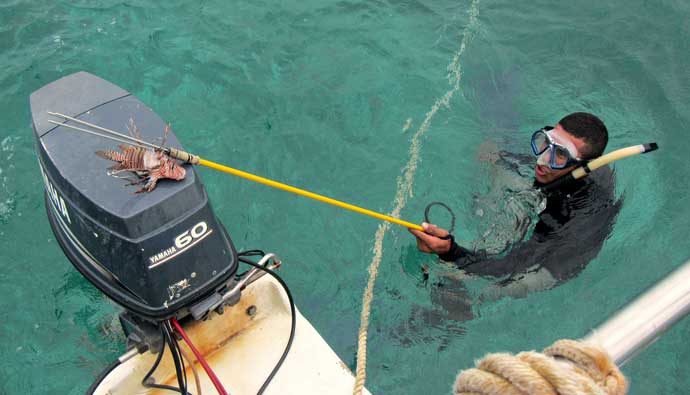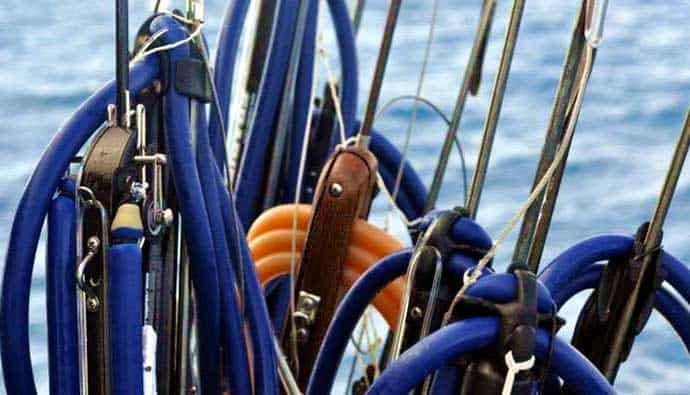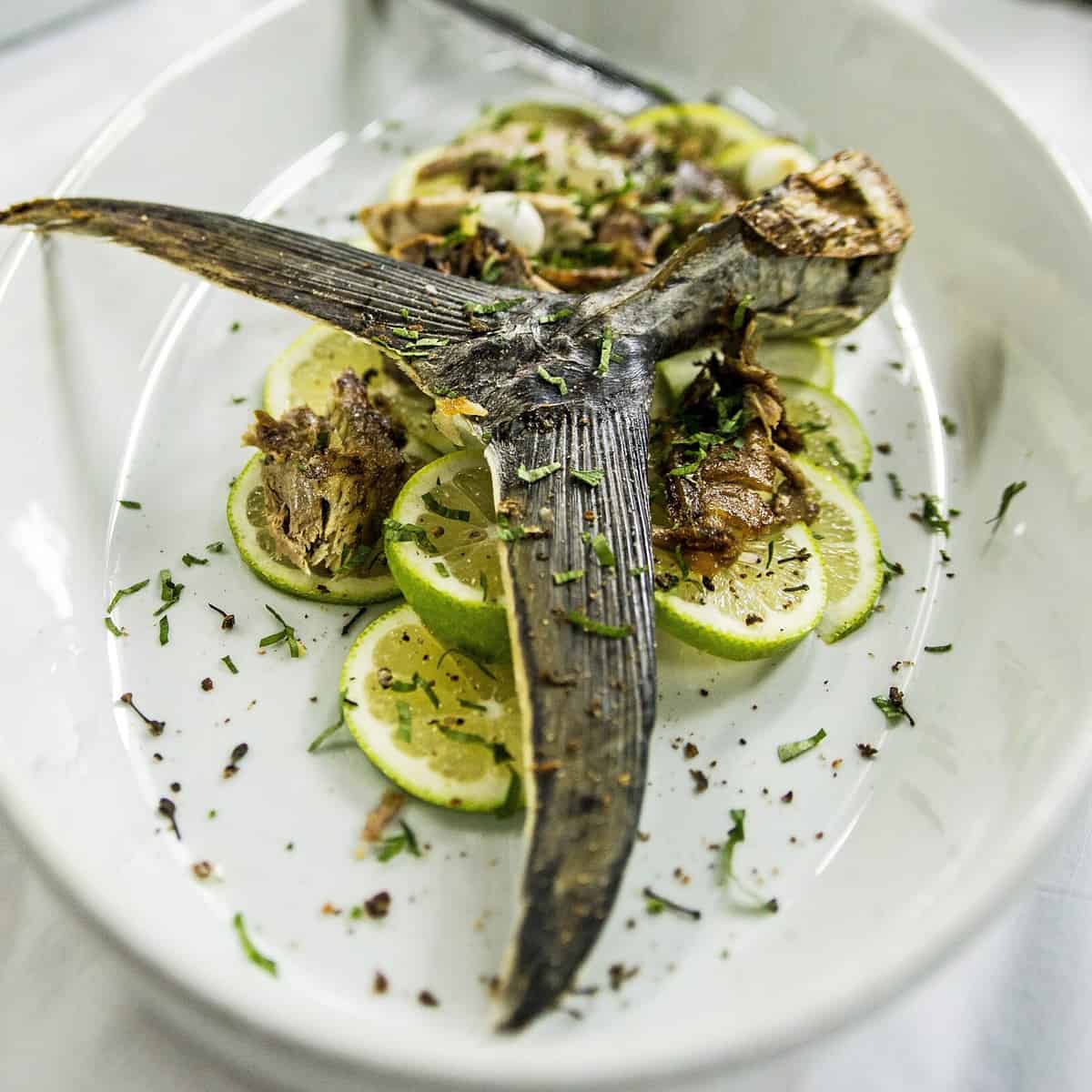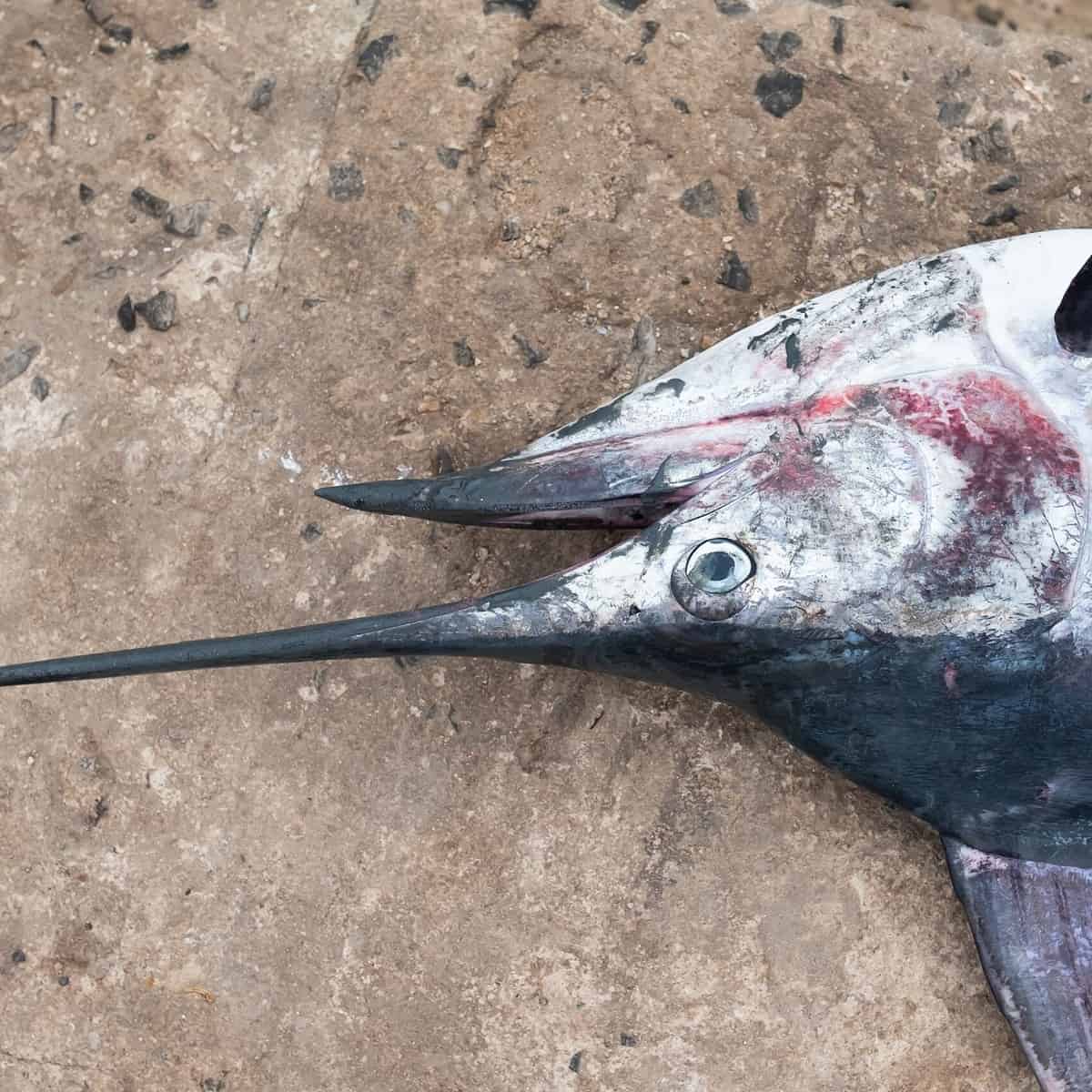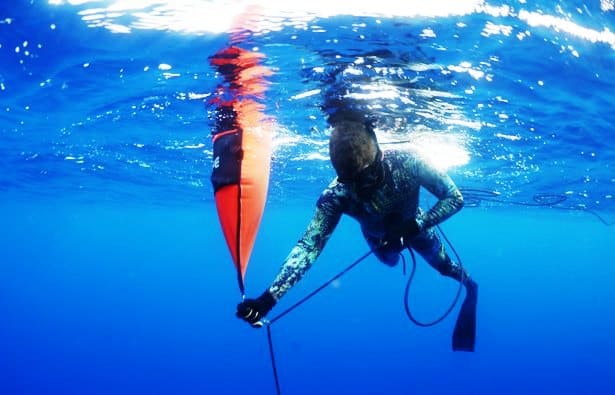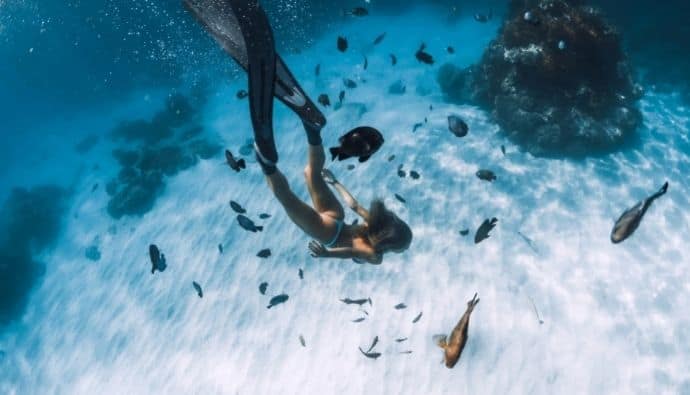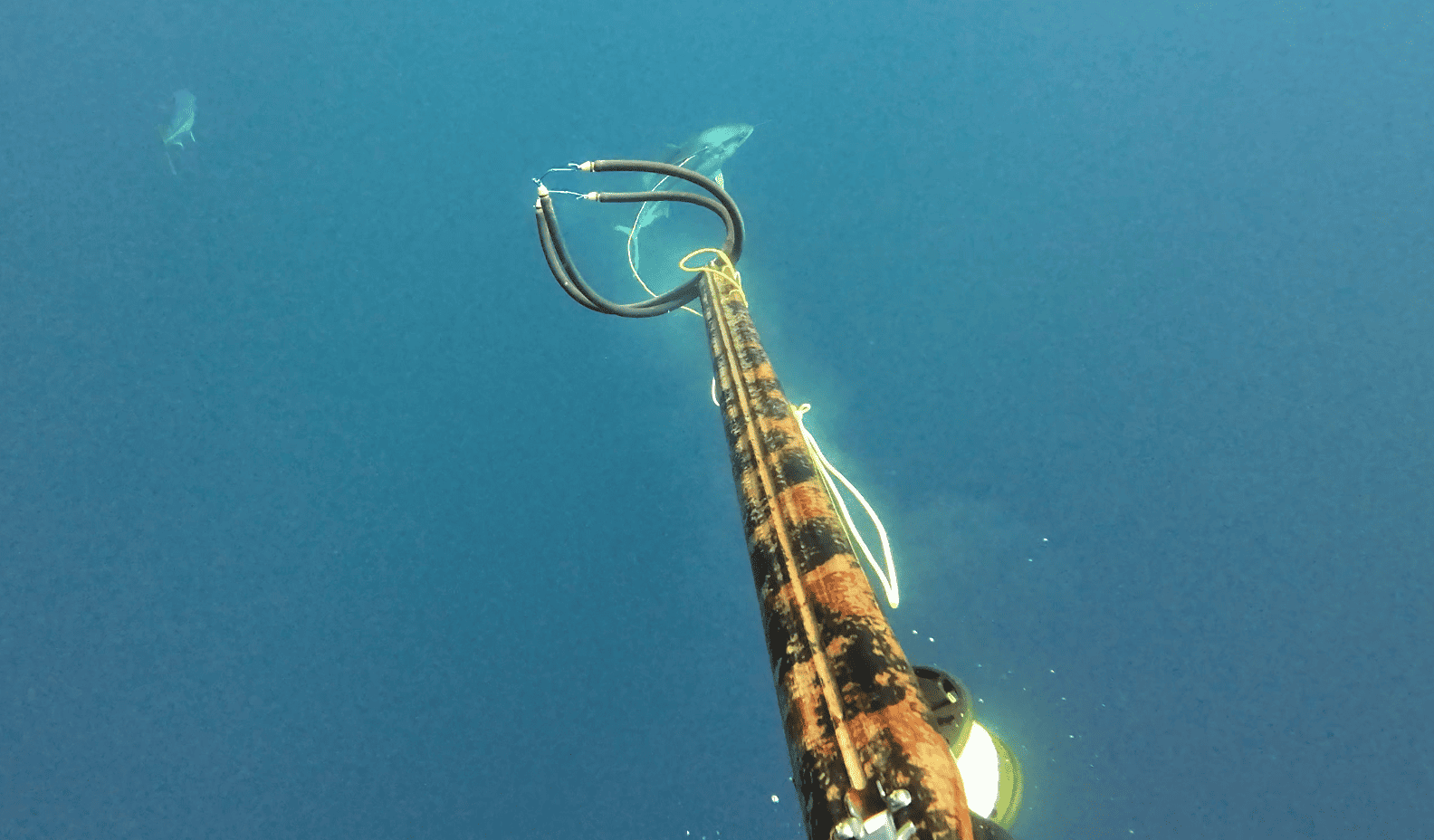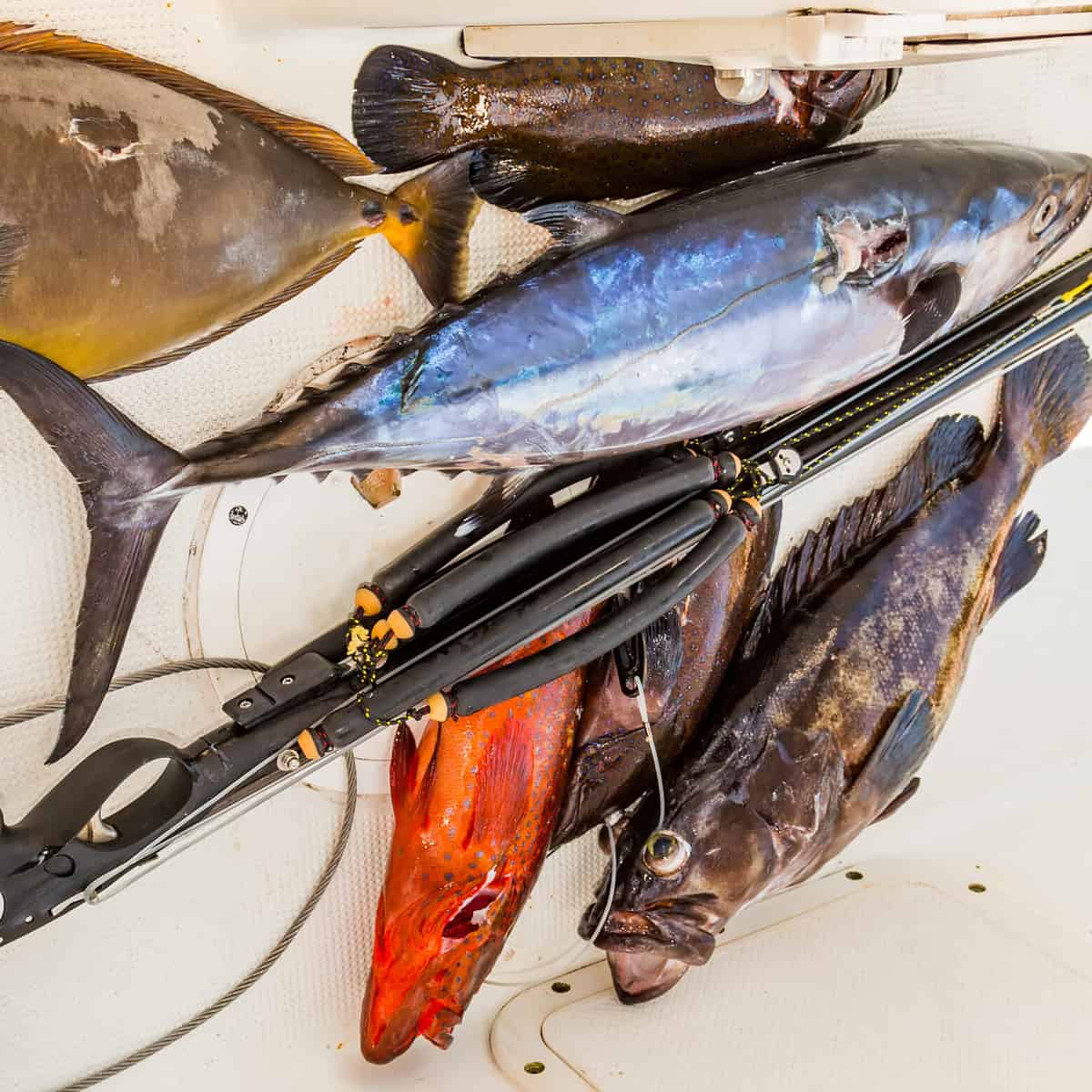Are you wondering if spearfishing is sustainable? Within the community, it’s fairly clear the answer. However, some people only see spearfishing from a negative external vantage point and have developed negative opinions. In this article, we look at what aspects make spearfishing sustainable and how it can get out of hand.
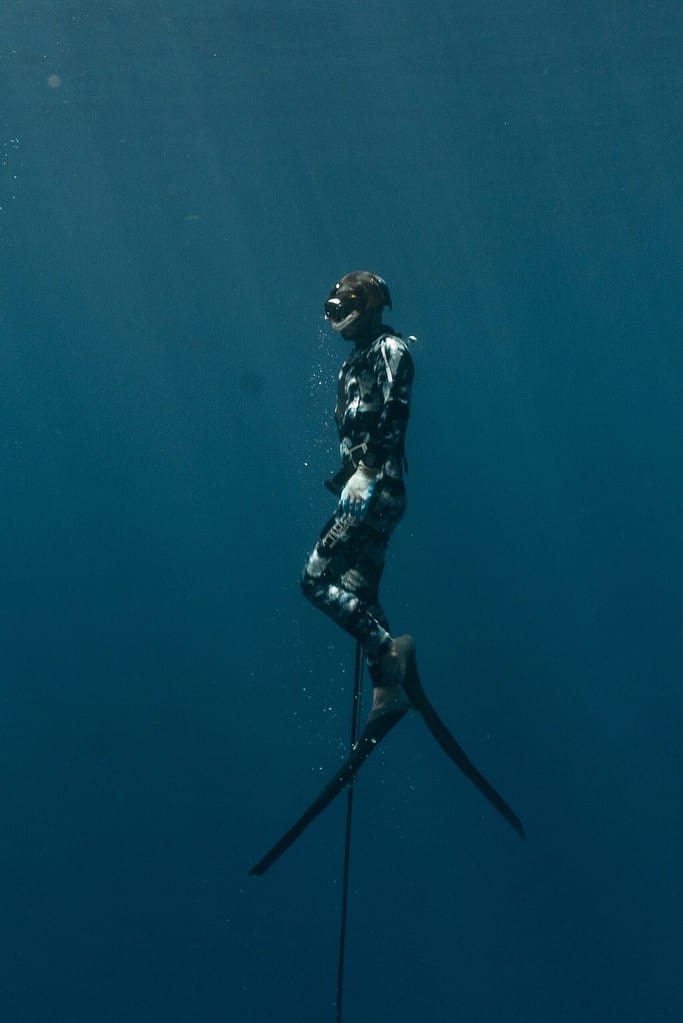
Many new spearfishers gloss over which fish to target – thus hurting the community.
State regulations are a good starting point but leave much to be desired. Just because something is legal and set by scientists doesn’t mean it’s right. If you talk to captains who spend their lives on the water, they’ll point out faults in various models. I’m not discrediting science in general. I believe it’s the most powerful framework we have as humans. However, there are quality data that gets overlooked. We should use that to make decisions that would improve our spearfishing playground.
I will share what I’ve learned from talking with OG spearos, captains, and scientists about our community’s best practices if we want to protect our local waters.
Now let’s dive in.
It’s Legal. It’s My Right.
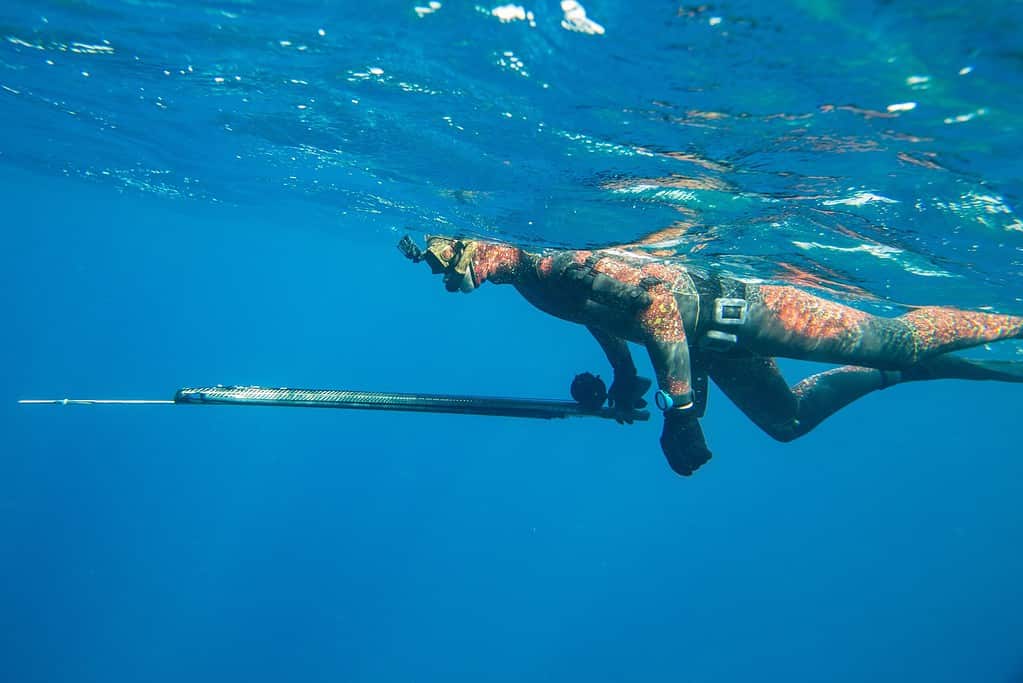
States set regulations, and if you follow the rules, why should you care about further restraint?
It’s a valid point! It’s 100% your choice to do what you want within the law. However, I like to take an internal locus of control perspective on my decisions in life. Sure I could let the government tell me what to do, or I could research the best way to do it.
Unfortunately, we’re looked at through a microscope by animal rights activists, organizations, and even the government. It’s our job to project and influence the masses on the truth about spearfishing rather than let them come up with their ill-informed judgments. That’s why over the years, I’ve looked for patterns from people who are diehard spearfishers and how they approach conservation.
I found a high selectivity with the fish and photos they take. They make it a point to share the positives about our lifestyle with people outside the spearfishing community (without leaving room for outsiders to construct negative narratives).
California Sheephead Are Kelp Guardians. Let’s Allow Them To Protect Our Kelp.
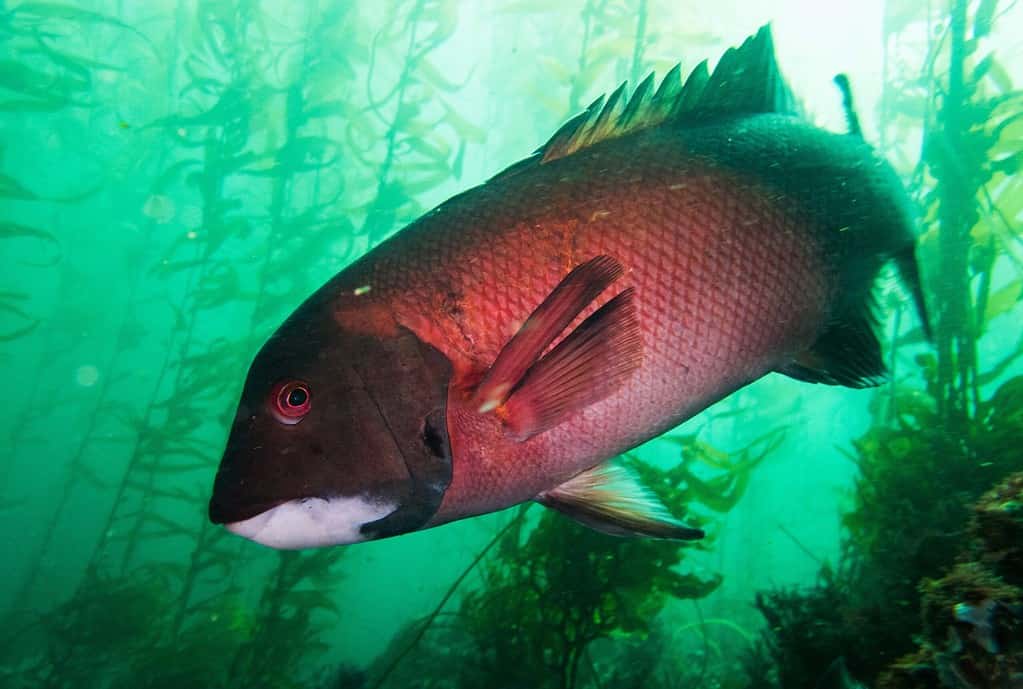
Being selective with our fish starts with understanding the various species and their role in the ecosystem.
For example, the California Sheephead is vital for protecting our local kelp from sea urchins. Yet, if you go on social media, you’ll see new (and some experienced divers) posting barely legal or monster males on the regular. Again, this isn’t illegal, and I’ve taken sheep. I wish I hadn’t, but I don’t want you to make the same mistakes.
That’s where our restraint needs to come from. I have imposed a slot limit for these fish, with a heavy tendency not to shoot them. If I take one, it will be larger than 18” and not a massive male. These fish start as females, and then when a big male is lost, it takes months for a large female to convert over to a male. No males mean months go by without a chance to reproduce – not good for the reef.
If you plan on taking one, go after the medium-grade females. This will do minor damage to the reef.
Dock Of Death Photos Aren’t Cool.

Seeing a picture of a bunch of fish on the boat’s deck in the hot sun is cringeworthy.
I understand the psychology behind it. Charter captains or private boaters want to showcase their success at finding the hot spot. I commend the ability to catch fish. However, the lens through which the rest of the world sees it is harmful to the sport. Why should we care what other people think? People who don’t want us to spear will use it to paint us as death machines without respect for the oceans.
What can we do instead? Just showcase the best fish of the trip for each person. This conveys the same message to those who like catching fish while protecting the community from crazy activists who want ammo for their agenda.
Take What You Need, Not What You Can
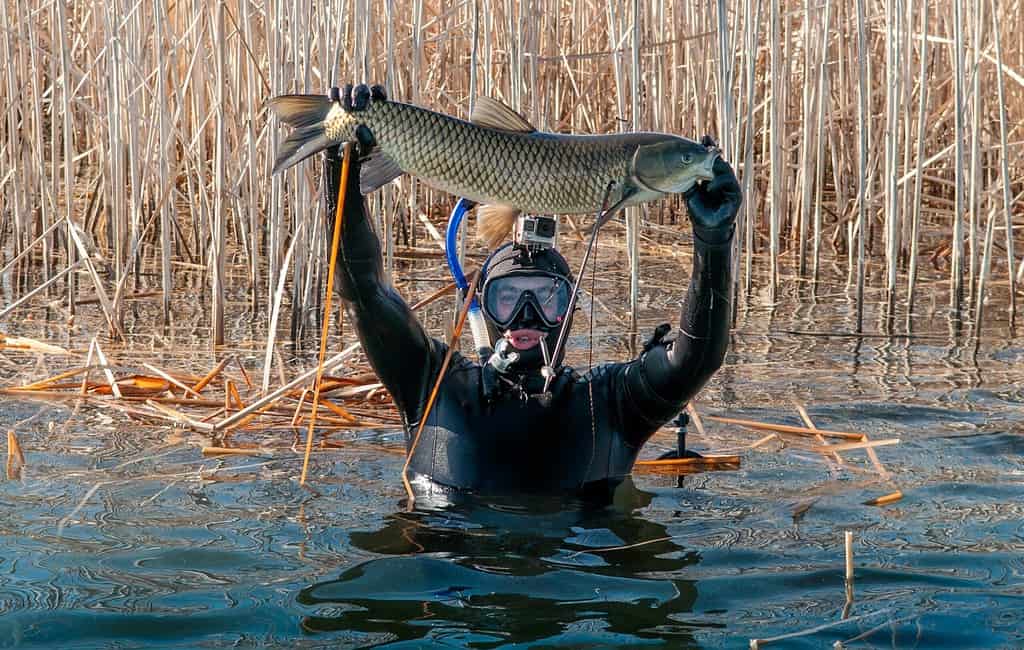
The spearfishing lifestyle is about being in nature, self-sufficiency, and having access to the best wild meat available.
As a new diver, you will be excited to shoot everything you can. I call this time Rambo Mode. To get better, you need to practice shooting. Most of the time that means shooting fish. Instead, consider making yourself a target and practicing your shots in a pool or a shallow cove, so you don’t lay waste to fish you don’t want to consume.
I’m not proud of how many fish I’ve taken on my early Baja trips. Everything was new, and all the fish down there tasted terrific. I shot fish from a scarcity mindset. How many can pounds could I take home? That’s the wrong way to think about it. Have an abundance mindset and think – what few fish do I want to take home because I can always come back and get a few more later.
Let them go. Let them grow.
Have a Shot List
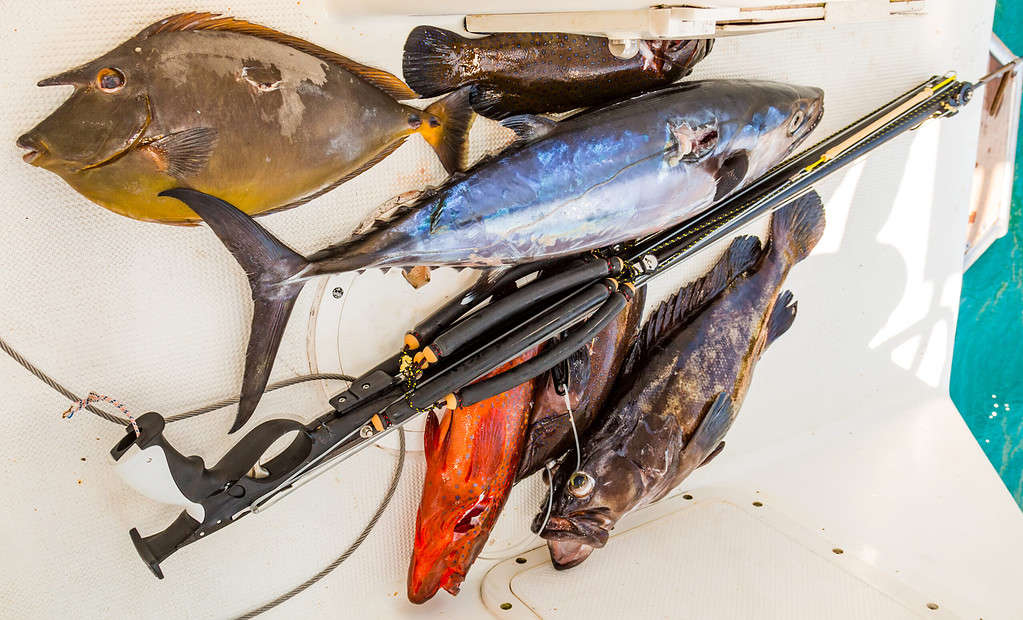
To combat Rambo Mode, consider spending a few minutes before getting in the water to come up with your dive shot list.
My buddy Max told me this had helped him as a new diver. He likes to have purpose-driven dives. For example, let’s look at a time he wanted to experiment with dry aging, a new species. He wondered how an opaleye would taste dry aged. That was the fish he was on the lookout for. The best specimen he could find. And if a monster sheephead swam by, he recalled his list and let it go.
For the new diver, having a framework before getting in the water is helpful to keep the killer instinct in check.
Ultimately, I hope that you, as a new diver, take conservation and your actions seriously since you’re stewards of the sport. Remember that everyone is at different stages of their spearfishing journey. Take ownership of what you can control and lead by example.




 Facebook
Facebook YouTube
YouTube